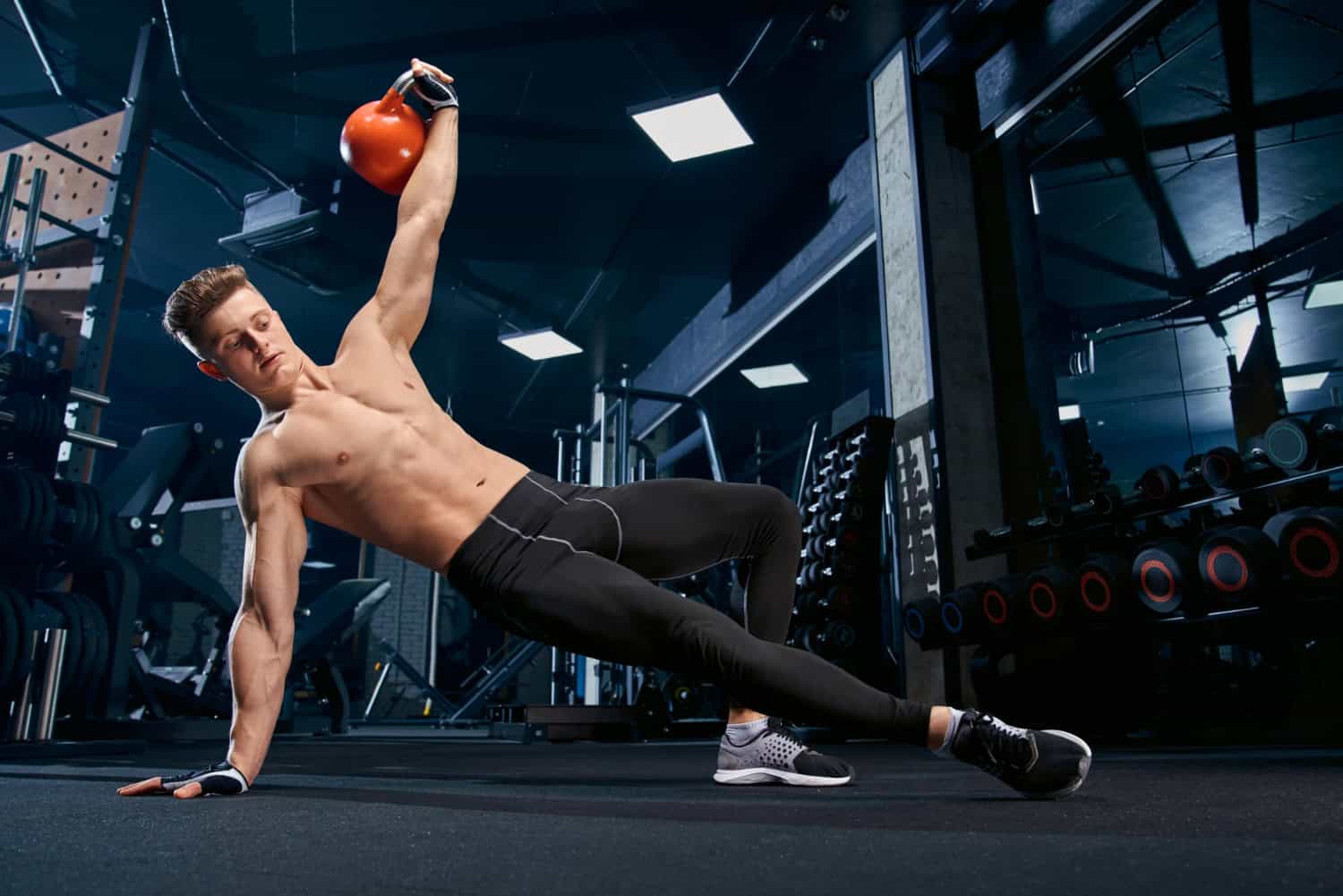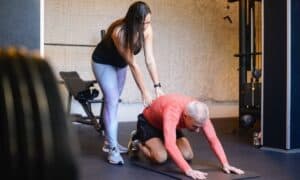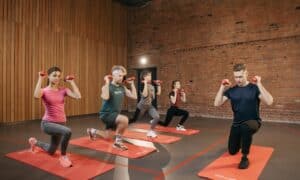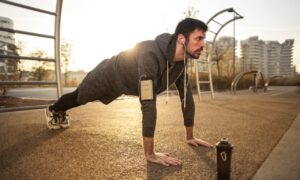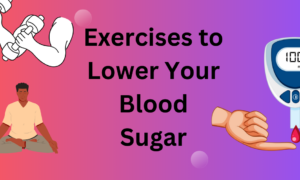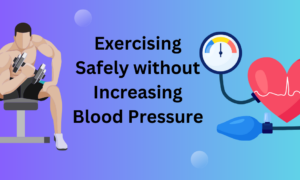Fitness is not only about appearance; it’s about feeling robust, enhancing mobility, and boosting the quality of everyday living. This is where functional fitness becomes relevant. In contrast to conventional gym workouts that target individual muscle actions, functional fitness highlights movements that resemble routine activities. These activities enhance strength training, flexibility exercises, and overall body coordination, facilitating everyday tasks and lowering the chance of injuries.
If you’re new to functional fitness, this guide will help you understand its benefits, key principles, and how to start incorporating it into your routine. Let’s dive in!
What Is Functional Fitness?
Functional fitness is a form of exercise designed to equip your body for everyday actions. It emphasizes activities that enhance balance, coordination, flexibility, and strength, enabling you to move safely and effectively. Whether it’s carrying groceries, ascending stairs, or bending down to lace your shoes, functional fitness prepares your body to carry out these actions effortlessly.
Unlike traditional weightlifting, which often isolates one muscle group at a time, functional fitness engages multiple muscles and joints simultaneously. This makes workouts more effective and practical for daily life.
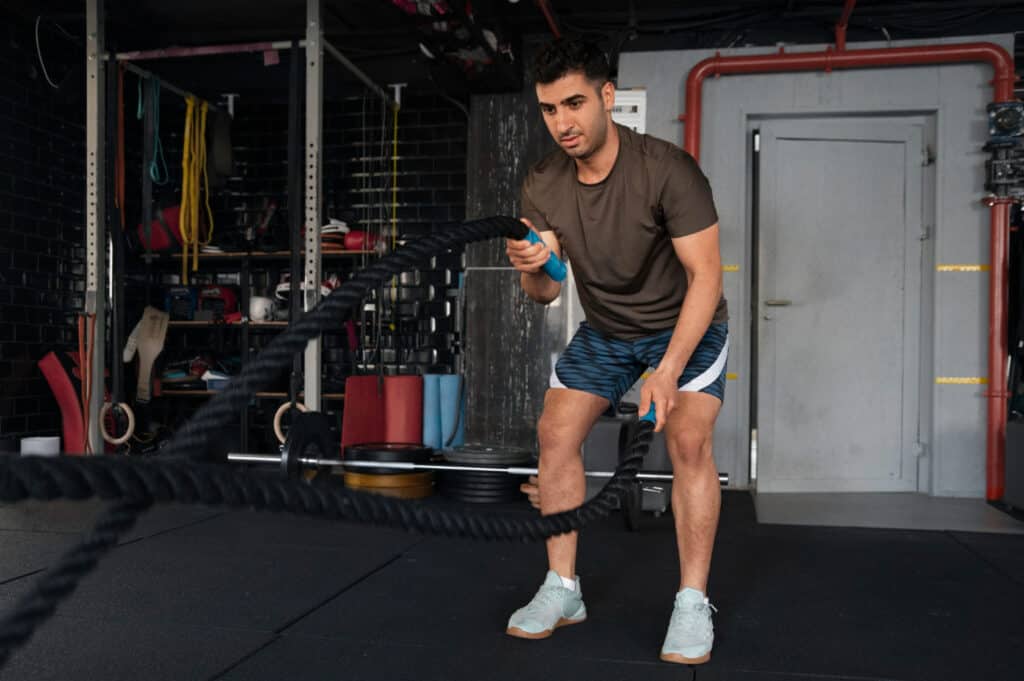
The Importance of Functional Fitness
Functional fitness goes beyond just building muscle; it ensures that your body moves the way it was designed to. This type of training enhances overall functionality, allowing you to perform daily tasks with ease and efficiency. Whether you’re carrying groceries, playing with your kids, or simply getting up from a chair, functional exercises help improve strength, balance, and flexibility, making movement feel more natural and effortless.
1. Enhances Everyday Movement
One of the biggest advantages of functional fitness is its focus on everyday movement. Since the exercises mimic real-life activities, they make daily tasks easier and reduce strain on your body.
2. Builds Strength and Stability
Strength training is an essential component of functional fitness. Rather than solely targeting major muscles such as biceps or chest, functional exercises enhance your core, back, and stabilizing muscles, improving posture and lowering the likelihood of injuries.
3. Improves Mobility and Flexibility
Tight muscles can limit your range of motion and lead to stiffness. Mobility exercises included in functional fitness routines help maintain joint flexibility and prevent discomfort.
4. Reduces Injury Risk
Because functional workouts focus on controlled, natural movements, they help prevent injuries by improving balance, coordination, and muscle endurance.
5. Suitable for All Fitness Levels
Regardless of whether you’re just starting out or are an experienced athlete, functional fitness can be tailored to suit your requirements. It provides a progressive method that allows you to begin with fundamental movements and slowly elevate intensity as your strength grows.
Key Components of Functional Fitness
Functional fitness includes a combination of different exercise types to target various muscle groups. Here are the core elements:
1. Strength Training
Building strength is essential for functional movement. Unlike traditional weightlifting, which isolates muscles, functional strength training involves compound exercises like squats, lunges, and deadlifts.
2. Mobility Exercises
Mobility exercises focus on improving the range of motion in your joints. Stretching, dynamic movements, and yoga-based exercises enhance flexibility and prevent stiffness.
3. Balance and Stability Training
A good sense of balance aids in avoiding falls and injuries. Activities such as single-leg balance, stability ball exercises, and coordination activities enhance stability.
4. Core Strength
Your core muscles play a vital role in supporting your spine and maintaining good posture. Functional fitness includes exercises like planks, Russian twists, and hanging leg raises to strengthen the core.
5. Cardiovascular Endurance
As daily activities involve constant movement, adding cardio workouts such as brisk walking, running, or jumping rope improves heart health and endurance.
Best Functional Fitness Exercises for Beginners
If you’re new to functional fitness, start with these fundamental movements:
1. Squats
Squats mimic sitting and standing, strengthening your legs and core while improving posture.
2. Lunges
Lunges work on leg strength, balance, and coordination, making it easier to walk and climb stairs.
3. Deadlifts
Deadlifts train the posterior chain, including the lower back and hamstrings, essential for lifting objects safely.
4. Push-ups
Push-ups enhance upper body strength and engage the core, improving arm and shoulder endurance.
5. Planks
Planks strengthen the core muscles, improve posture, and enhance stability.
6. Farmer’s Carry
This involves holding weights while walking, improving grip strength, endurance, and core stability.
7. Shoulder Press
Pressing weights overhead helps build upper body strength and improves shoulder mobility.
How to Get Started with Functional Fitness
Starting a functional fitness journey might feel daunting, but with the appropriate method, it can be both fulfilling and fun. The essential approach is to begin with basic exercises that improve movement efficiency, while slowly increasing the intensity. Integrating functional movements into your routine will lead to enhancements in strength, balance, and flexibility, simplifying everyday activities and making them feel more effortless.
1. Start with Bodyweight Exercises
Before adding weights, master your body movements. Squats, lunges, and push-ups are great starting points.
2. Focus on Form
Proper technique is key to preventing injuries. Ensure that you maintain good posture and controlled movements.
3. Gradually Increase Intensity
As you get stronger, introduce resistance bands, dumbbells, or kettlebells to increase challenge levels.
4. Incorporate Mobility Work
Stretching before and after workouts improves flexibility and prevents stiffness.
5. Stay Consistent
Like any workout program, consistency is key. Aim for at least 3-4 sessions per week to see improvements.

Common Mistakes to Avoid
While functional fitness is great for overall health, beginners often make mistakes that can hinder progress:
1. Skipping Warm-ups
Always start with a dynamic warm-up to prepare your muscles and joints for movement.
2. Using Too Much Weight
Form is more important than lifting heavy. Start with lighter weights and gradually increase.
3. Ignoring Mobility
Lack of flexibility can lead to injuries. Include stretching exercises in your routine.
4. Rushing Through Exercises
Controlled movements are more effective than fast, sloppy repetitions. Focus on quality over quantity.
Functional Fitness vs. Traditional Strength Training
While conventional strength training increases muscle mass through isolated exercises such as bicep curls or leg presses, functional fitness focuses on full-body movements that improve coordination and practical use in everyday situations.
Conclusion
Functional fitness is a fantastic approach to improving overall strength, mobility, and daily movement efficiency. By incorporating strength training, mobility exercises, and balance work, it helps in reducing injuries and enhancing everyday activities.
Whether you’re new to fitness or seeking a more practical method, functional training is an excellent way to develop a body that moves efficiently, remains robust, and functions optimally. Begin with basic exercises, prioritize technique, and maintain consistency to enjoy the advantages.

